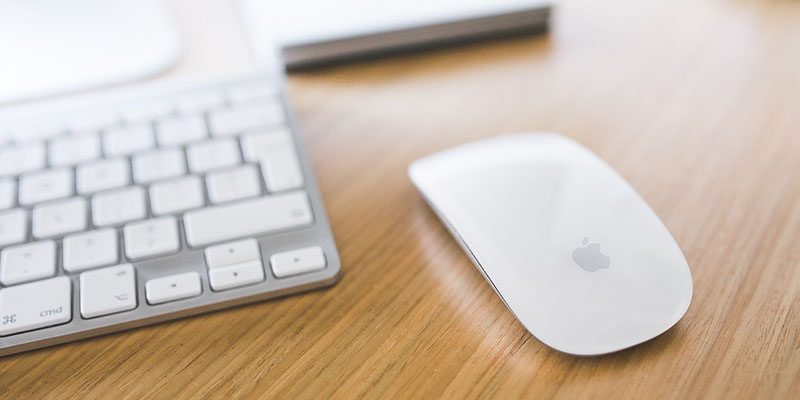
In this article we will tell you what makes a mouse better than a trackpad and what to look for when selecting it. To begin with, we’ll give you a few tips to help you understand your position on mice for a Mac. They’ll take away additional questions. We will explain our mouse selection logic to replace Trackpad. Ideally, the mouse should do what you’re used to doing on the touchpad. The minimum is switching between desktops and horizontal scrolling. The mouse is mono used with MacBook and Macintosh stationary, so the type of connection and size of the mouse isn’t important. There are four main criteria by which you can choose which mice to use for your Mac in the future. So, how do you choose the best mouse for macbook pro?
The mouse has many buttons and a scroll wheel
Buttons on the mouse are several times more convenient than shortcuts on the keyboard – they are always at hand and you never need to look for them. To press them, you only need to move your fingers. And to press the shortcuts on your keyboard, you need to use your entire wrist. When the mouse has additional buttons, you can duplicate important trackpad functions with them. This:
- Switch between full-screen applications and desktops;
- Horizontal scrolling;
- Zoom pictures and content within different applications;
- Call Launchpad.
Switching between desktops is easy with the left/right scroll wheel. Although not all mouse models have a tilt wheel. Sometimes there is a tilt, but it’s very hard. Multi-button mice, as a rule, are game mice. Most of all buttons in mice for games in genres FPS and MMO. G502 has five programmable buttons without “left”, “right” and a wheel.
Wire connection

Many Macintosh users have a biased attitude towards wired mice. But these are more prejudices. Wired mouse never falls asleep and is always ready to work. It is lighter and cheaper than wireless analogues, it does not need to be charged. Wireless mice are comfortable, but there are two disadvantages: more weight and a short log when the manipulator comes out of sleep. Magic Mouse and Trackpad have such a lag. If you don’t use them for a long time, it will take time for the devices to wake up and reconnect to your computer.
Usually the delay is short – up to a second. It happens more often with other mice than with Magic Mouse. In general, a wired mouse is more reliable if you have somewhere to connect it. If you’re going to use the trackpad in parallel with the mouse, you can reduce the requirement for the number of buttons, so you can find a wireless mouse.
Optical sensor, not laser sensor
In fact, all sensors are optical, but the word “optical” is commonly used to mean an LED-based sensor. The laser has a laser. Both sensors work like small cameras. Thousands of times per second they take a picture of the surface in the form of a numerical code. By changing the code, the computer realizes that the mouse is moving and moving the cursor. The peculiarity of the laser is that it can penetrate deeper into the surface, which means that it can detect more changes in the surface as it moves. On the one hand, this is good – a laser mouse can work even on transparent glass. On the other hand, it’s bad. The mouse collects an excessive amount of data, which leads to the cursor rattling at low speeds.
For a stationary workstation it is better to use an optical mouse, especially if you need pixel precision. Laser models are better for MacBook mice.
The nuances of working with a mouse
The mouse is more convenient to use in applications with a large number of small graphic elements: Photoshop, Sketch, Xcode, databases, tables. To work with the content of such programs is desirable pixel accuracy of the manipulator. In everyday tasks, the mouse also helps to navigate the interface faster, make precise clicks and drag and drop files. You can feel it on multiple monitors or with many open windows.